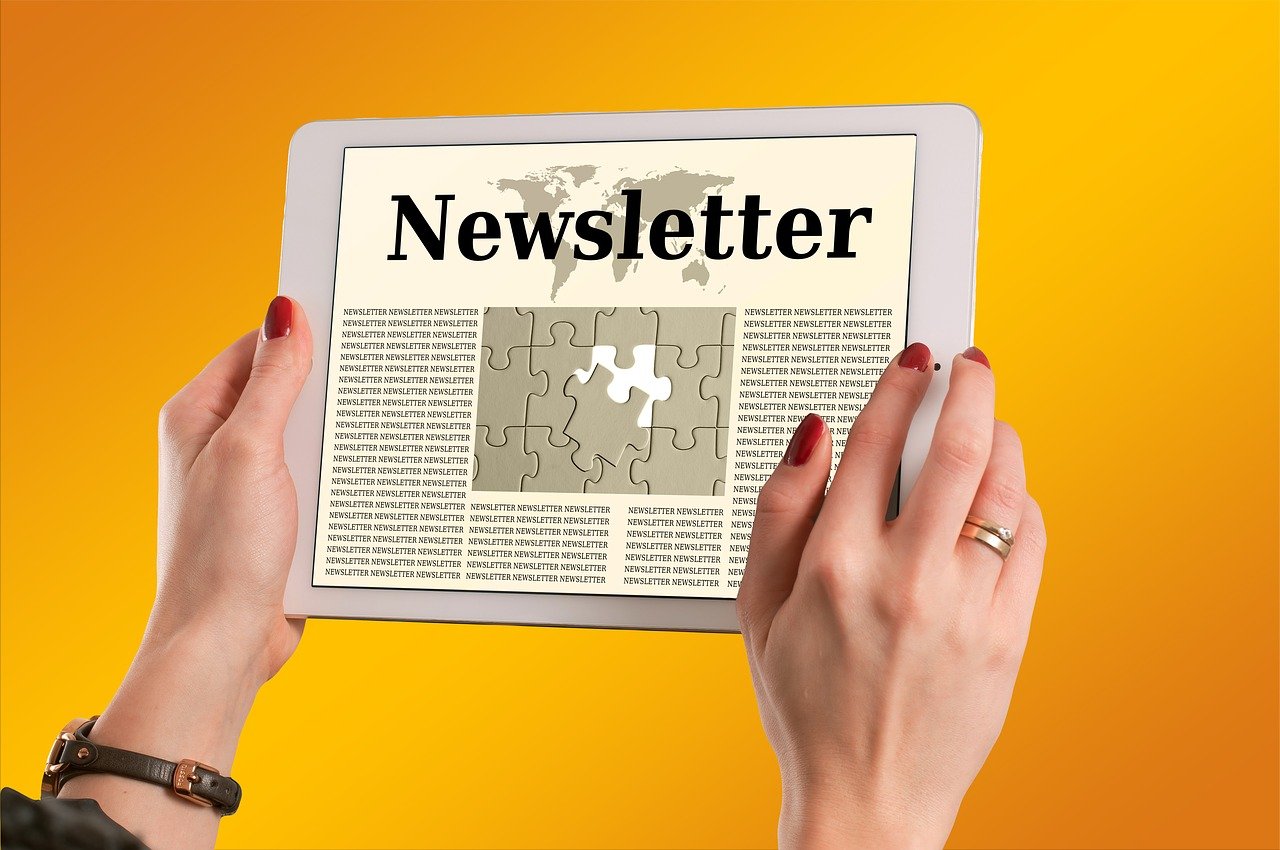Starting an email newsletter for your blog can be a valuable way to engage with your audience on a more personal level. It allows you to deliver exclusive content, updates, and promotions directly to their inbox, ensuring that your message reaches them without getting lost in the noise of social media or search engines. Additionally, an email newsletter helps build a loyal community around your blog, as subscribers who opt-in have already shown interest in your content and are more likely to actively engage with it.

What should I share in my blog newsletter?
In your blog newsletter, you can share a variety of content to keep your subscribers engaged and interested. This can include sharing your latest blog posts, offering exclusive tips or advice related to your niche, providing behind-the-scenes insights into your creative process, or even hosting exclusive giveaways or promotions for your subscribers. The key is to provide value and make your newsletter a must-read for your audience, ensuring that they continue to look forward to receiving it in their inbox.
How do I start a newsletter for my blog?
To start a newsletter for your blog, you can begin by choosing an email marketing platform that suits your needs. Next, create a sign-up form on your blog where visitors can enter their email addresses to subscribe to your newsletter. Once you have a list of subscribers, you can start creating and sending out regular newsletters with valuable content that aligns with your blog's niche. Remember to promote your newsletter on social media and other platforms to attract more subscribers and grow your audience.
How do I monetize my newsletter emails?
To monetize your newsletter emails, you can consider implementing various strategies. One option is to include sponsored content or advertisements in your newsletters. You can collaborate with relevant brands or businesses that align with your blog's niche and offer them advertising space in your emails. Another way to monetize is by offering premium content or exclusive perks to subscribers who upgrade to a paid subscription. This can include access to exclusive articles, videos, or discounts on products or services related to your blog. Additionally, you can explore affiliate marketing by sharing affiliate links in your newsletters.
Is my blog ready for a newsletter subscription model?
To determine if your blog is ready for a newsletter subscription model, consider the size and engagement of your audience. If you have a significant number of loyal readers who actively interact with your content, it may be a good time to introduce a newsletter subscription. Additionally, assess the value you can provide to subscribers through exclusive content or perks, as this will help attract and retain paying subscribers.
How do you get subscribers to your newsletters?
There are several effective strategies to attract subscribers to your newsletters. Firstly, make sure to prominently display newsletter signup forms on your blog, making it easy for visitors to subscribe. You can also offer incentives, such as a free ebook or exclusive content, in exchange for signing up. Additionally, promoting your newsletter through social media platforms and collaborating with other bloggers or influencers in your niche can help expand your reach and attract new subscribers.
How do you increase traffic to your blog?
Increasing traffic to your blog can be achieved through various tactics. One effective strategy is to consistently create high-quality and engaging content that resonates with your target audience. Additionally, optimizing your blog for search engines by using relevant keywords and meta tags can improve your visibility in search results. Leveraging social media and email marketing platforms to promote your blog posts, engaging with your audience, and participating in online communities related to your niche can also drive more traffic to your blog.
How do you grow your blog using email marketing?
Email marketing can be a powerful tool for growing your blog. Start by building an email list of interested readers and subscribers who have opted in to receive updates from your blog. Then, regularly send out newsletters or updates that highlight your latest blog posts, exclusive content, and any promotions or offers you may have. By consistently delivering valuable content directly to your subscribers' inboxes, you can drive traffic back to your blog and encourage repeat visits. Additionally, consider implementing personalized email campaigns based on user preferences or behaviour.
Summing up
Starting an email newsletter for your blog is a valuable way to engage with your audience on a personal level and build a loyal community. It allows you to deliver exclusive content, updates, and promotions directly to your subscribers' inboxes, ensuring your message reaches them without getting lost in social media or search engines. To monetize your newsletter, consider implementing strategies such as sponsored content or advertisements, offering premium content or exclusive perks to subscribers who upgrade to a paid subscription, or exploring affiliate marketing.
To attract subscribers to your newsletters, prominently display newsletter signup forms on your blog, offer incentives in exchange for signing up, and promote your newsletter through social media platforms and collaborations with other bloggers or influencers in your niche.
Increasing traffic to your blog can be achieved through consistent, high-quality, and engaging content, optimizing your blog for search engines, and leveraging social media and email marketing platforms to promote your blog posts, engage with your audience, and participate in online communities related to your niche.
To grow your blog using email marketing, start by building an email list of interested readers and subscribers who have opted in to receive updates from your blog. Regularly send out newsletters or updates that highlight your latest blog posts, exclusive content, and promotions or offers.
.png)
